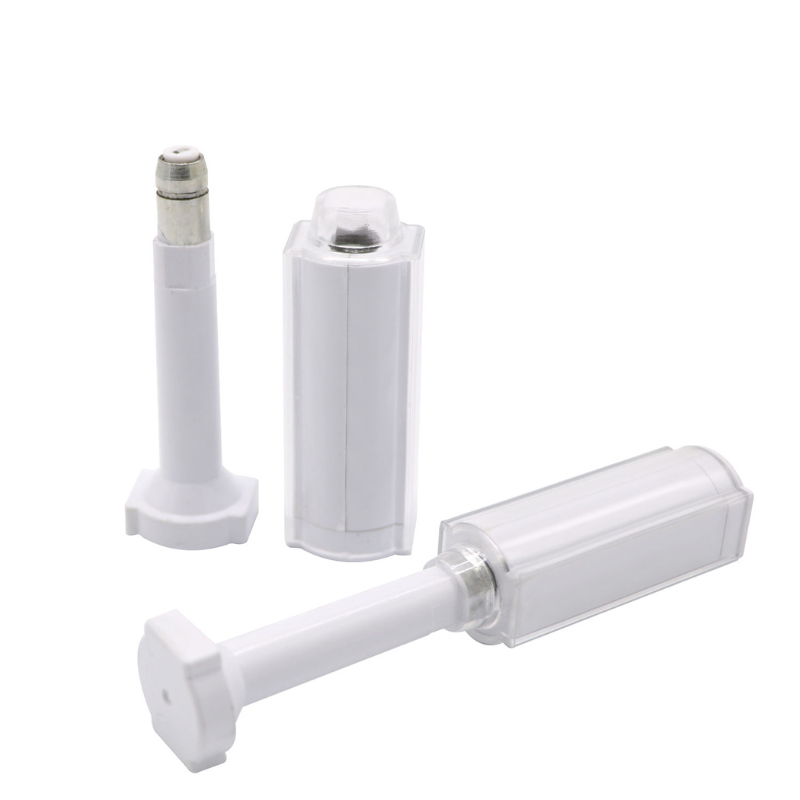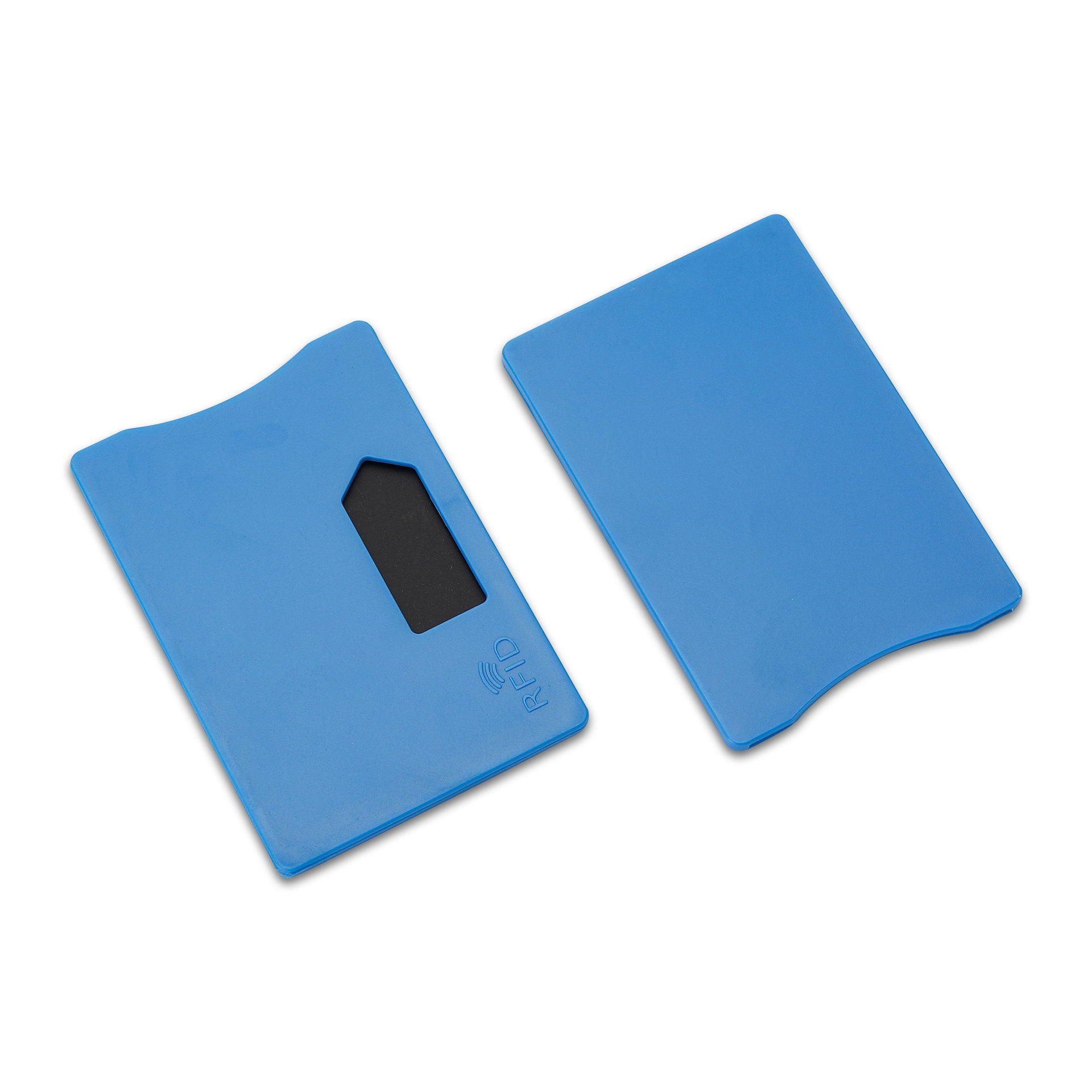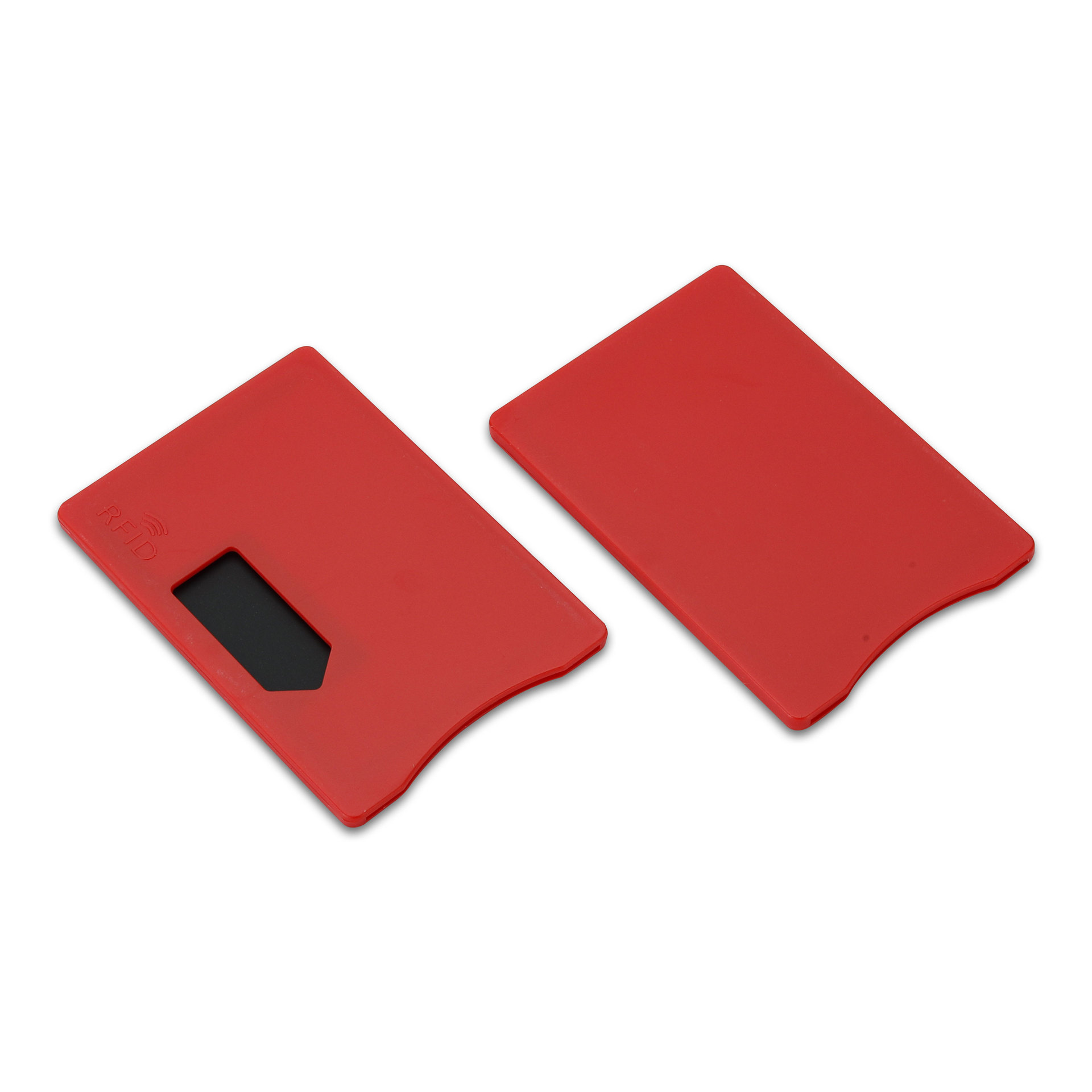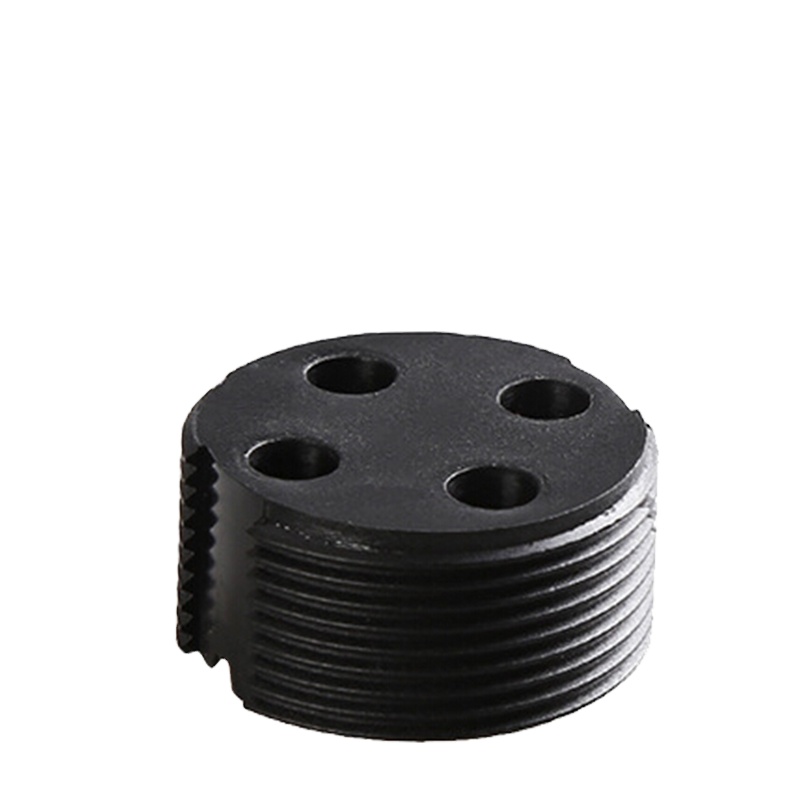
What is the Difference between RF and RFID Tags?
Table of Contents
Difference Between RF and RFID Tags: Definitions, Technology, and Applications in Warehousing
However, these terms are often used interchangeably — leading to confusion about their true meaning and differences. Understanding the difference between RF and RFID helps businesses optimize operations, improve efficiency, and make smarter technology investments.
This guide explains how RF technology and RFID Tags work, how they differ, and why RFID technology is transforming modern supply chains.

What Is RF Technology and How Does It Work?
RF (Radio Frequency) refers to the use of electromagnetic radio waves to transmit data wirelessly. It serves as the foundation for several wireless communication systems, including RFID technology, Wi‑Fi, and Bluetooth.
Key Components of RF Technology:
- Transmitter and Receiver: Generate and capture radio signals.
- Frequency Range: Operates from a few kilohertz (kHz) to gigahertz (GHz), depending on the use case.
- Applications: Commonly used in communication systems, garage door remotes, wireless microphones, and security systems.
In short, RF technology provides the wireless backbone that enables identification, communication, and data exchange — and RFID technology is one of its most specialized applications.
What Is RFID and How Does It Work?
RFID (Radio Frequency Identification) builds on RF technology to enable wireless identification and tracking of tagged objects.
An RFID system consists of:
- RFID Tags
- RFID Reader
- Antenna and Software System
How RFID Technology Works:
- Reader Activation: The RFID reader sends a radio signal via an antenna.
- Tag Response: The RFID Tag captures energy from that signal and transmits stored data.
- Data Capture: The reader receives the tag’s response and transfers data to a central database or warehouse management system (WMS).
Unlike barcodes, RFID Tags do not require line-of-sight scanning — allowing multiple tags to be read simultaneously and improving efficiency in busy environments.
Difference Between RF and RFID
While RF represents the broader category of wireless communication, RFID is a specific implementation of RF technology designed for item identification and data tracking.
| Feature | RF | RFID |
|---|---|---|
| Definition | General use of radio waves for wireless data transmission | Application of RF for object identification and tracking |
| Main Components | Transmitter and receiver | Tags, readers, antennas, and management software |
| Communication Type | Basic signal transmission | Two-way identification and data exchange |
| Applications | Radios, remote controls, Wi‑Fi, security systems | Warehouse management, logistics, retail, access control |
| Data Functionality | Transfers raw signal data | Transfers stored digital information linked to physical assets |
How RFID Tags Work
RFID Tags are miniature devices that store and send data to an RFID reader. Each tag contains:
- Microchip (IC): Stores unique identification data.
- Antenna: Receives energy and transmits signals.
- Substrate/Inlay: Protects internal components.
When a tag enters the field of an RFID reader, it transmits data such as a unique ID or product code — enabling real-time visibility across warehouse or supply chain operations.
Types of RFID Tags
1. Passive RFID Tags
- Power Source: No internal battery; powered by the reader’s signal.
- Range: A few centimeters to several meters.
- Applications: Retail, inventory management, and item-level tagging.
2. Active RFID Tags
- Power Source: Built-in battery for continuous signal transmission.
- Range: Up to 100 meters or more.
- Applications: Vehicle tracking, fleet management, large asset monitoring.
Choosing between active and passive RFID Tags depends on your range requirements, tag lifespan, and budget.
Applications of RFID Technology in Warehousing
RFID technology is transforming warehouse and supply chain operations by providing automation, accuracy, and transparency.
Key Warehouse Applications:
- Inventory Management: Real-time visibility of stock levels and item locations.
- Dock Management: Tracks goods as they move in and out of facilities.
- Asset Tracking: Ensures accountability and traceability of high-value items.
- Operational Efficiency: Reduces manual scanning errors and labor costs.
“Warehouses using RFID Tags can process up to 20 times more inventory movements compared to barcode systems.”
RFID vs NFC: Related but Different
Both NFC (Near Field Communication) and RFID use RF technology, but they differ in range, purpose, and communication capability.
| Feature | RFID | NFC |
|---|---|---|
| Range | Long range (up to 100 meters) | Short range (up to 10 cm) |
| Power Source | Active or Passive | Passive only |
| Data Exchange | One-way | Two-way (peer-to-peer) |
| Applications | Warehouse management, logistics, asset tracking | Mobile payments, ID verification, smart access |
NFC can be viewed as a specialized subset of RFID technology, ideal for secure, short-range data exchange, while RFID Tags dominate in industrial tracking and logistics.
Role of RF in Security Systems (EAS Integration)
Electronic Article Surveillance (EAS) systems commonly use RF Tags to prevent theft in retail or warehouse environments.
How RF Tag Security Works:
- Tag Placement: An RF tag is attached to merchandise.
- Detection: Security gates scan for active tags at exits.
- Alert: If an active tag passes through, the system triggers an alarm.
By integrating RFID technology, EAS systems gain improved detection accuracy and automation during checkout or shipping.

FAQs
What is the main difference between RF and RFID?
RF refers to general wireless communication using radio waves. RFID is a specific type of RF technology used for tracking and identification through RFID Tags and readers.
Can RFID replace barcodes in warehousing?
Yes. RFID Tags don’t require line-of-sight, offer faster data capture, and are more durable than traditional barcodes.
Are RF Tags and RFID Tags interchangeable?
No. RF Tags are simpler and mostly used in anti-theft systems. RFID Tags are more advanced and used for tracking and data exchange.
How does an RFID Tag work?
An RFID Reader sends a signal, the tag responds with stored data, and the system logs it automatically—ideal for real-time inventory.
Conclusion
RF technology is the wireless foundation of modern communication, while RFID technology builds upon it to enable smart, automated identification systems.
- Use RFID Tags for real-time tracking, automation, and accuracy in warehousing and logistics.
- Use RF systems for general-purpose communication and sensing applications.
By understanding the difference between RF and RFID, businesses can choose the right tools to enhance efficiency, reduce costs, and future‑proof their operations.

Ray Zhou
This article was written by Ray Zhou, an RFID technology expert with more than 10 years of industry experience.
Comments
Hot Products
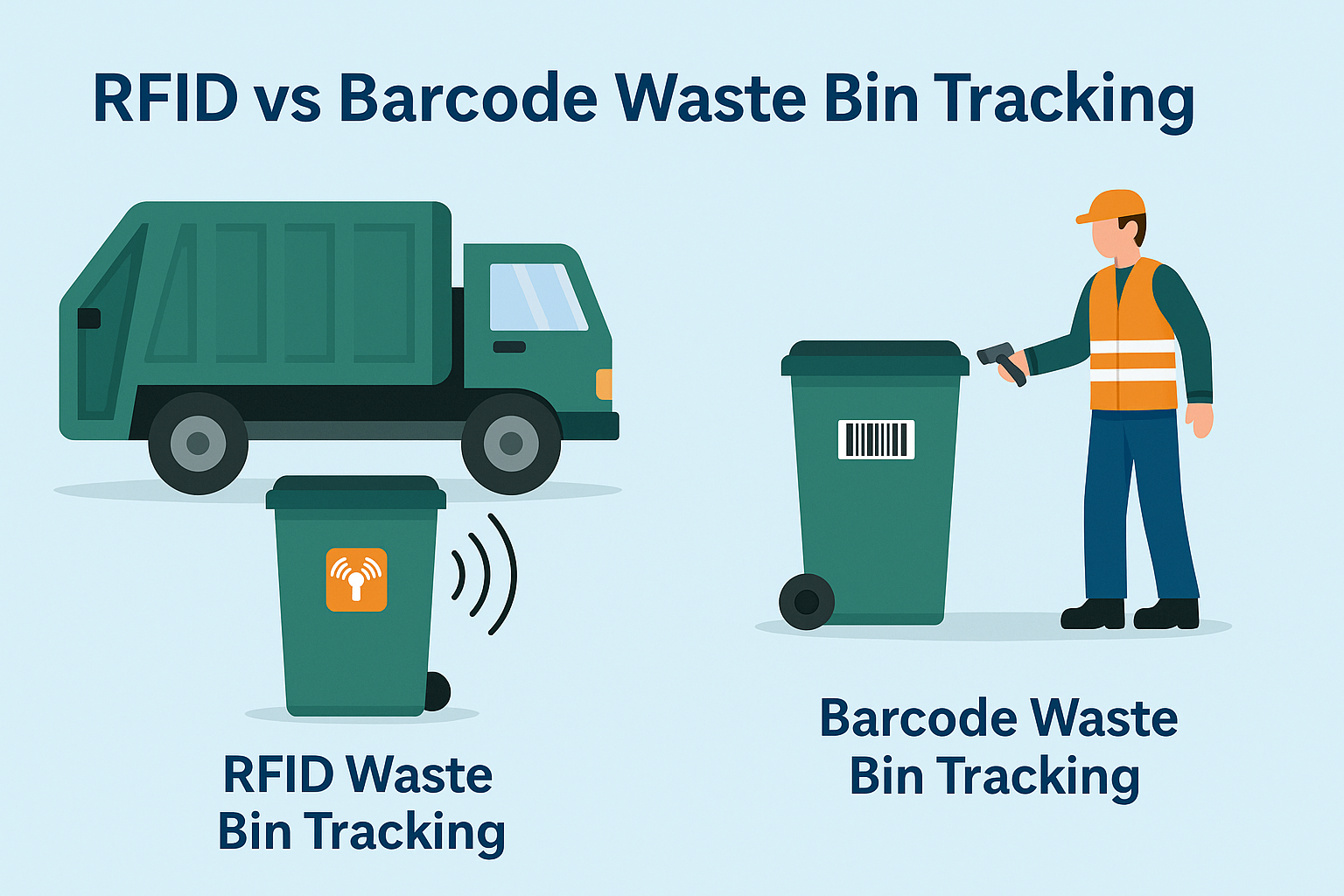
What Is RFID Waste Management
Imagine a city where every trash bin speaks — not literally — but through a tiny chip that tells the system when it’s full, when it’s emptied, and where it went. That’s what RFID waste management is doing today.

What are Bolt Seals and their Applications? | Complete Guide
In global trade and logistics, bolt seals play a crucial role in ensuring cargo security and compliance. These small but powerful devices are designed to lock shipping containers, trailers, and cargo doors with a tamper-evident mechanism.
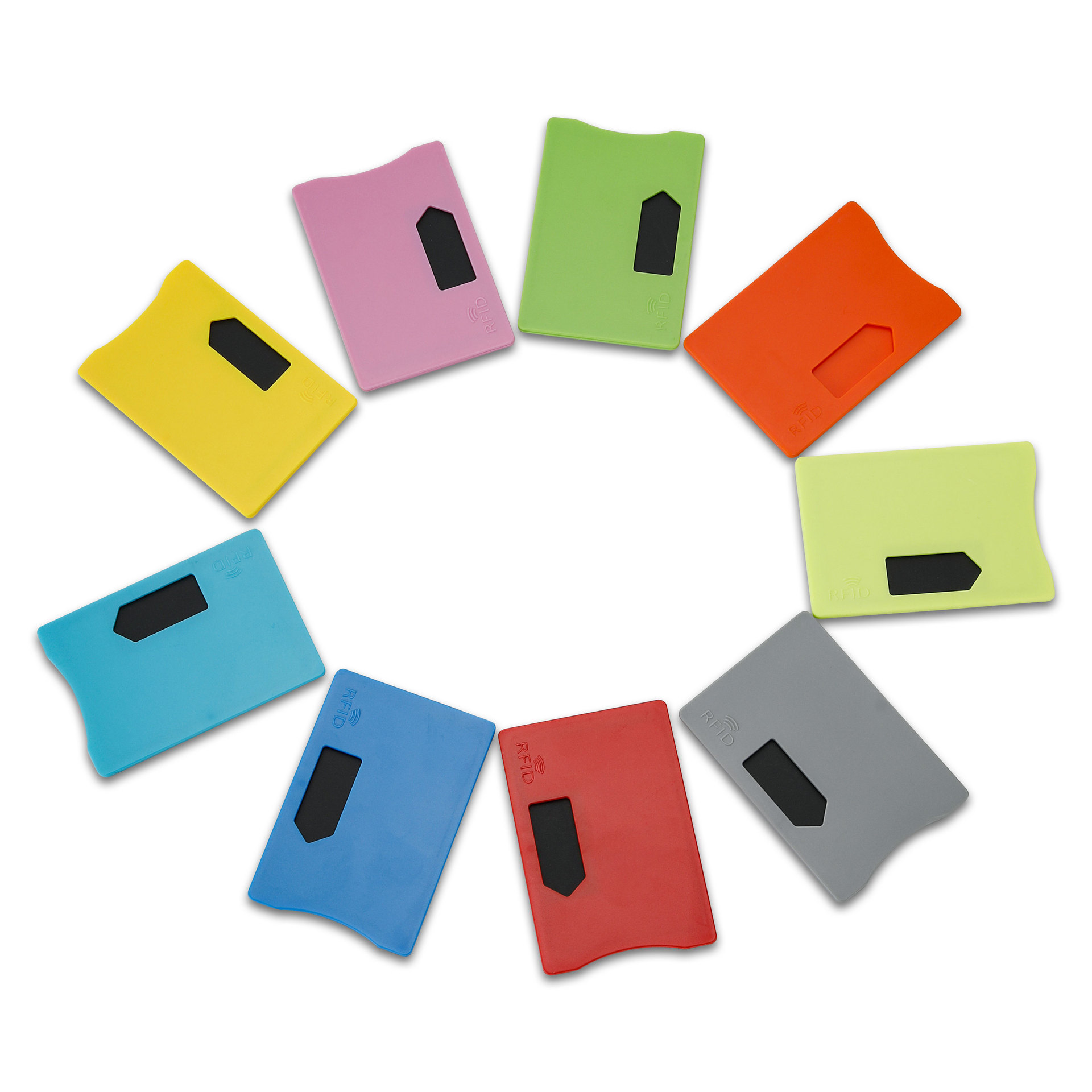
What is an RFID Card Protector? Benefits, Use Cases, and Buying Guide
RFID technology (Radio Frequency Identification) is everywhere: in your credit cards, ID badges, transit passes, hotel room keys, and more. It offers speed and convenience, but it also opens the door to a new kind of digital theft called “skimming.” That’s where an RFID card protector comes in.

RFID Wristbands for Events: Bulk Buying Guide for Organizers
RFID wristbands for events are becoming the go-to solution for organizers who need faster entry, fraud prevention, and cashless payments at concerts, festivals, and sports venues. Unlike paper tickets or QR codes, these smart wristbands use embedded chips to streamline access, secure transactions, and improve the guest experience.
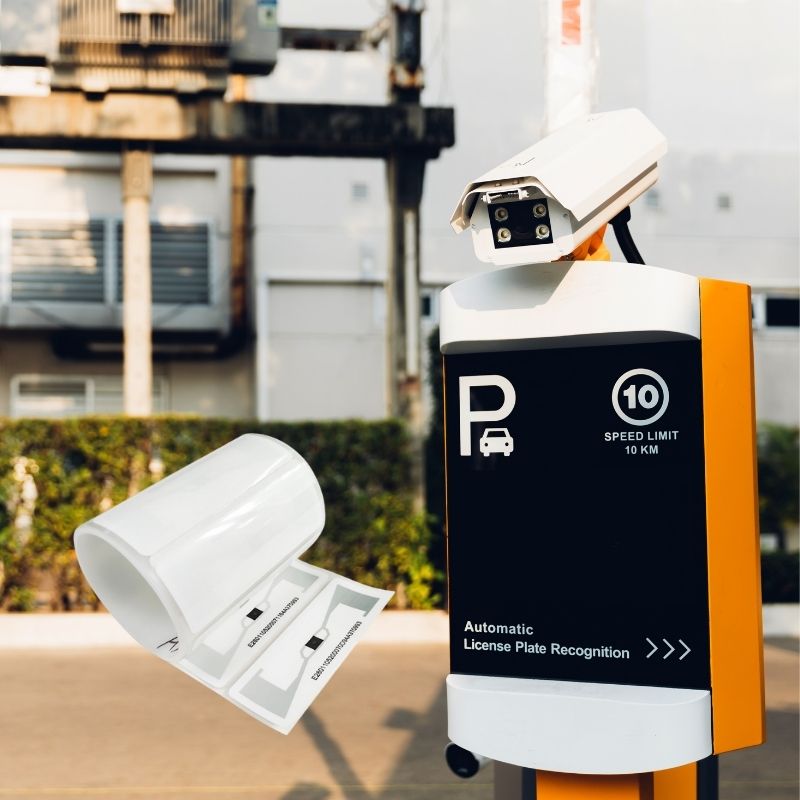
How RFID Tag on Windscreen Improves Vehicle Access Control and Toll Systems
In today’s fast-paced world, vehicle identification needs to be quick, secure, and contactless. An RFID Tag on the Windscreen provides exactly that — a reliable way to manage toll collection, parking, and gated access without stopping vehicles.
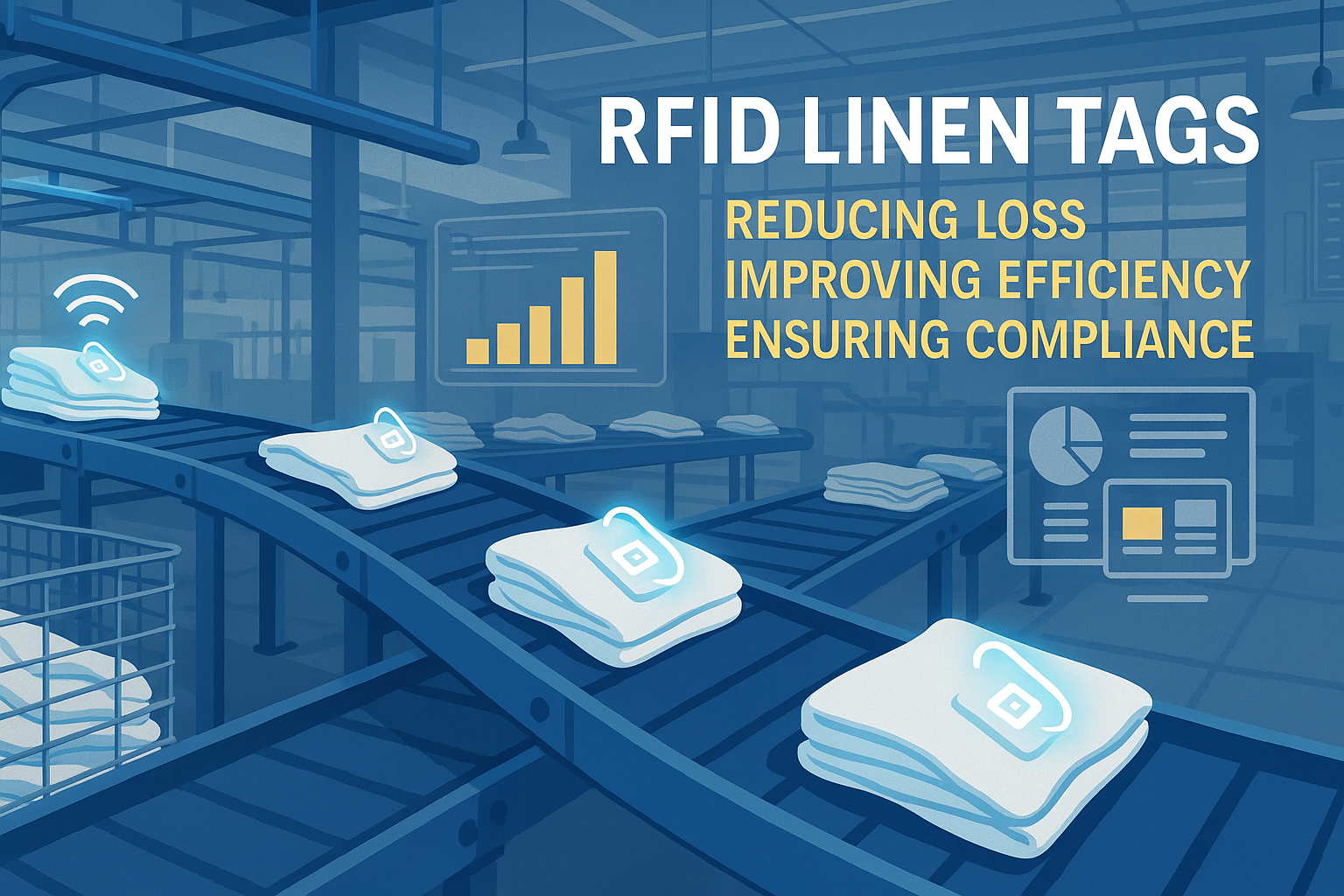
The Benefits of RFID Linen Tags in Commercial Laundry
Managing laundry in hospitals, hotels, or large laundry services is a big job. Each day, thousands of sheets, towels, and uniforms are washed, sorted, and sent back out. But problems like lost linens, sorting mistakes, and manual counting can cost companies a lot of money. For example, mid-sized hotels can lose over $200,000 each year from missing linens.
That’s where RFID Linen Tags come in.
Tags
RELATED BLOGS

What Is RFID Waste Management
Imagine a city where every trash bin speaks — not literally — but through a tiny chip that tells the system when it’s full, when it’s emptied, and where it went. That’s what RFID waste management is doing today.

What are Bolt Seals and their Applications? | Complete Guide
In global trade and logistics, bolt seals play a crucial role in ensuring cargo security and compliance. These small but powerful devices are designed to lock shipping containers, trailers, and cargo doors with a tamper-evident mechanism.

What is an RFID Card Protector? Benefits, Use Cases, and Buying Guide
RFID technology (Radio Frequency Identification) is everywhere: in your credit cards, ID badges, transit passes, hotel room keys, and more. It offers speed and convenience, but it also opens the door to a new kind of digital theft called “skimming.” That’s where an RFID card protector comes in.

